As we have stuck inside for another winter, I think it’s a great opportunity to spend these long winter nights reading some books.
For me personally, reading calms my mind and my thoughts. Research also shows that reading lowers blood pressure, heart rate and psychological distress just as effectively as yoga and humor does! Another good reason to start reading then!
I had a little poll on my instagram stories about what your favorite books are and these are some of the recommendations you have sent me. Thank you so much for sharing your favorite book with us.
Hope you enjoy it!
- Daring Greatly by Brene Brown
In a powerful new vision Dr Brene Brown challenges everything we think we know about vulnerability, and dispels the widely accepted myth that it’s a weakness. She argues that, in truth, vulnerability is strength and when we shut ourselves off from vulnerability – from revealing our true selves – we distance ourselves from the experiences that bring purpose and meaning to our lives.
Daring Greatly is the culmination of 12 years of groundbreaking social research, across every area of our lives including home, relationships, work, and parenting. It is an invitation to be courageous; to show up and let ourselves be seen, even when there are no guarantees.
This is vulnerability. This is daring greatly.
2. Women who run with the wolves by Clarissa Pinkola Estes
In the classic Women Who Run With The Wolves, Clarissa Pinkola Estes tells us about the ‘wild woman’, the wise and ageless presence in the female psyche that gives women their creativity, energy and power. For centuries, the ‘wild woman’ has been repressed by a male-orientated value system which trivialises women’s emotions. Using a combination of time-honoured stories and contemporary casework, Estes reveals that the ‘wild woman’ in us is innately healthy, passionate and wise.
Thoughtfully written and compelling in its arguments, Women Who Run With The Wolves gives readers a new sense of direction, a self confidence and purpose in their lives.
3. Purple Hibiscus by Chimanda Ngozi Adichie
The limits of fifteen-year-old Kambili’s world are defined by the high walls of her family estate and the dictates of her fanatically religious father. Her life is regulated by schedules: prayer, sleep, study, prayer.
When Nigeria is shaken by a military coup, Kambili’s father, involved mysteriously in the political crisis, sends her to live with her aunt. In this house, noisy and full of laughter, she discovers life and love – and a terrible, bruising secret deep within her family.
This extraordinary debut novel from Chimamanda Ngozi Adichie, author of ‘Half of a Yellow Sun’, is about the blurred lines between the old gods and the new, childhood and adulthood, love and hatred – the grey spaces in which truths are revealed and real life is lived.
4. My family and other animals by Gerald Durrell
Durrell has an uncanny knack of discovering human as well as animal eccentricities’ Sunday Telegraph
With snakes in the bath and scorpions on the lunch table, the family home on the Greek island of Corfu is a bit like a zoo so they should feel right at home…
Gerald joyfully pursues his interest in natural history in the midst of an unconventional and chaotic family life – all brilliantly retold in this very funny book.
5. Even cowgirls get the blues by Tom Robbins
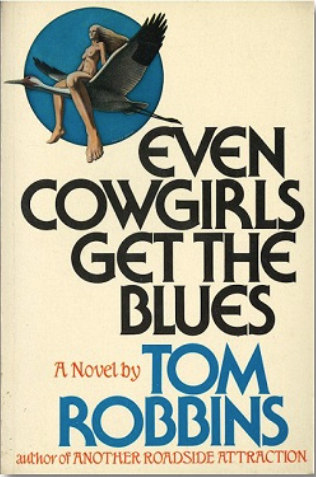
Starring Sissy Hanshaw-flawlessly beautiful, almost. A small-town girl with big-time dreams and a quirk to match-hitchhiking her way into your heart, your hopes, and your sleeping bags…
Featuring Bonanza Jellybean and the smooth-riding cowgirls of Rubber Rose Ranch. Chink; a lascivious guru of yams and yang. Julian; a Mohawk by birth; asthmatic aesthete and husband by disposition. Dr. Robbins, preventive psychiatrist and reality instructor…
Follow Sissy’s amazing odyssey from Virginia to chic Manhattan to the Dakota Badlands, where FBI agents, cowgirls, and ecstatic whooping cranes explode in a deliciously drawn-out climax…
6. I am a cat by Soseki Natsume
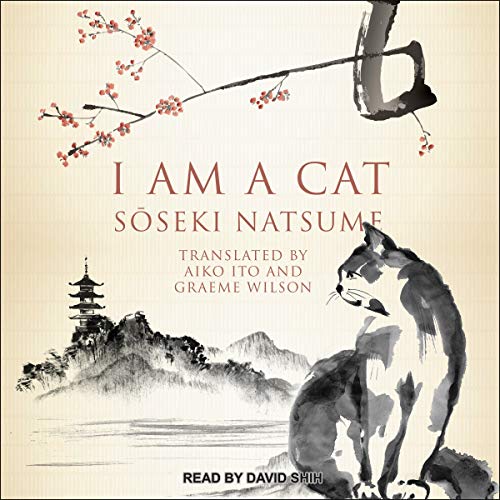
Written from 1904 through 1906, Soseki Natsume’s comic masterpiece, I Am a Cat, satirizes the foolishness of upper-middle-class Japanese society during the Meiji era. With acerbic wit and sardonic perspective, it follows the whimsical adventures of a world-weary stray kitten who comments on the follies and foibles of the people around him.
A classic of Japanese literature, I Am a Cat is one of Soseki’s best-known novels. Considered by many as the most significant writer in modern Japanese history, Soseki’s I Am a Cat is a classic novel sure to be enjoyed for years to come.
7. Shantaram – Gregory David Roberts
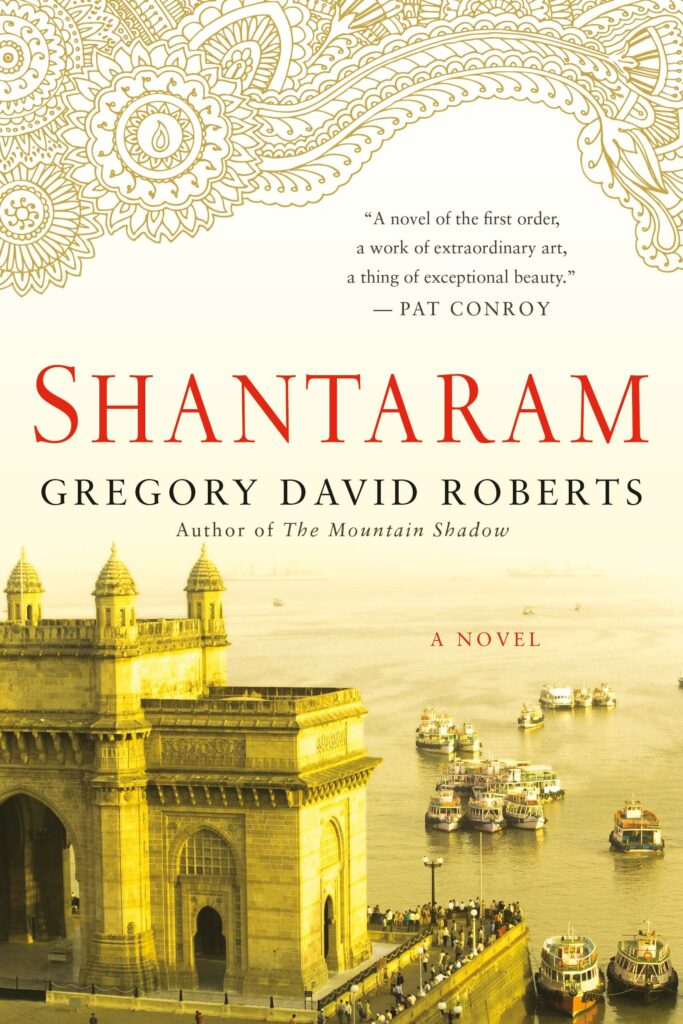
A novel of high adventure, great storytelling and moral purpose, based on an extraordinary true story of eight years in the Bombay underworld.
8. The Buried Giant by Kazuo Ishiguro
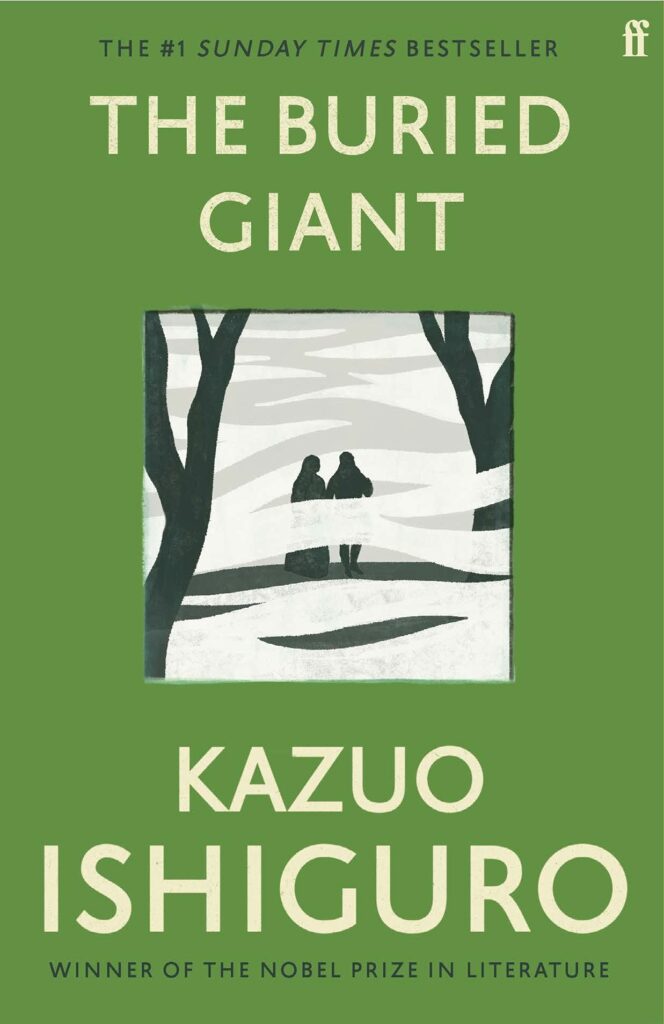
In post-Arthurian Britain, the wars that once raged between the Saxons and the Britons have finally ceased. Axl and Beatrice, an elderly British couple, set off to visit their son, whom they haven’t seen in years. And, because a strange mist has caused mass amnesia throughout the land, they can scarcely remember anything about him. As they are joined on their journey by a Saxon warrior, his orphan charge, and an illustrious knight, Axl and Beatrice slowly begin to remember the dark and troubled past they all share.
The Buried Giant is a luminous meditation on the act of forgetting and the power of memory.
9. Man’s search for meaning by Viktor E. Frankl
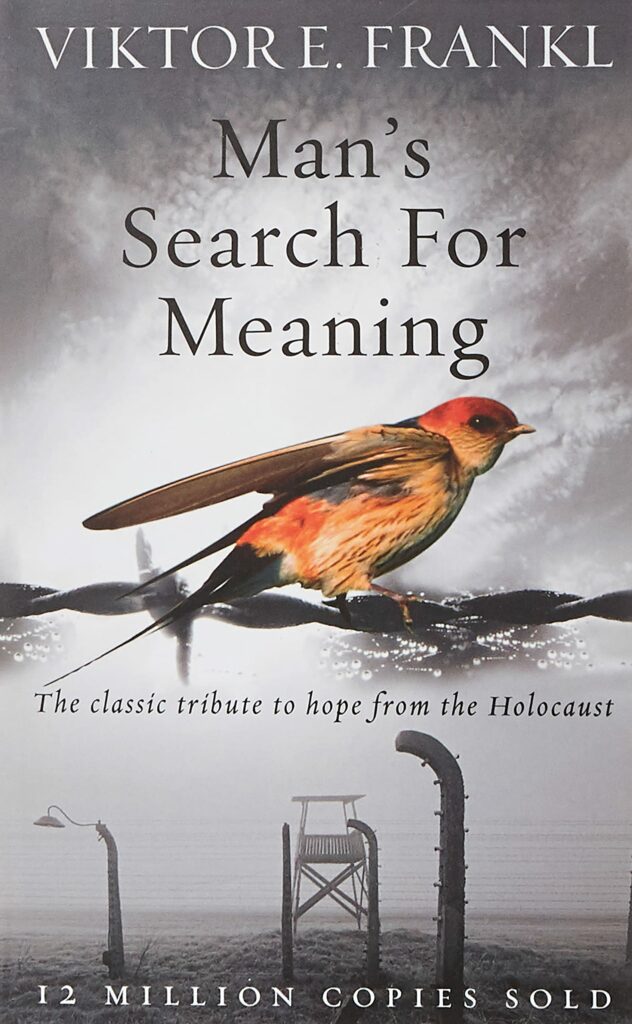
A prominent Viennese psychiatrist before the war, Viktor Frankl was uniquely able to observe the way that he and other inmates coped with the experience of being in Auschwitz. He noticed that it was the men who comforted others and who gave away their last piece of bread who survived the longest – and who offered proof that everything can be taken away from us except the ability to choose our attitude in any given set of circumstances.
Frankl came to believe that man’s deepest desire is to search for meaning and purpose. This outstanding work offers us all a way to transcend suffering and find significance in the art of living.
For the last one in this list I will add one of my favorite books
10. Why love hurts by Eva Illouz
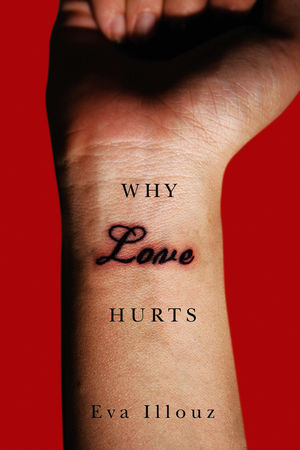
Few of us have been spared the agonies of intimate relationships. They come in many shapes: loving a man or a woman who will not commit to us, being heartbroken when we’re abandoned by a lover, engaging in Sisyphean internet searches, coming back lonely from bars, parties, or blind dates, feeling bored in a relationship that is so much less than we had envisaged – these are only some of the ways in which the search for love is a difficult and often painful experience. Despite the widespread and almost collective character of these experiences, our culture insists they are the result of faulty or insufficiently mature psyches. For many, the Freudian idea that the family designs the pattern of an individual’s erotic career has been the main explanation for why and how we fail to find or sustain love. Psychoanalysis and popular psychology have succeeded spectacularly in convincing us that individuals bear responsibility for the misery of their romantic and erotic lives. The purpose of this book is to change our way of thinking about what is wrong in modern relationships.
The problem is not dysfunctional childhoods or insufficiently self-aware psyches, but rather the institutional forces shaping how we love. The argument of this book is that the modern romantic experience is shaped by a fundamental transformation in the ecology and architecture of romantic choice. The samples from which men and women choose a partner, the modes of evaluating prospective partners, the very importance of choice and autonomy and what people imagine to be the spectrum of their choices: all these aspects of choice have transformed the very core of the will, how we want a partner, the sense of worth bestowed by relationships, and the organization of desire. This book does to love what Marx did to commodities: it shows that it is shaped by social relations and institutions and that it circulates in a marketplace of unequal actors.


Leave a Reply